If you have been interested in the Apple company for a long time, then it is no secret for you that in the past there were now iconic routers in its offer. The Cupertino giant was engaged in the development and sale of its own routers, which bore the name AirPort and came to the market in several different versions. The very first piece labeled AirPort Base Station premiered in 1999 and was not bad at all at the time. It had an Ethernet connector, three diodes as connection indicators and even a special shiny design.
The beginnings of the AirPort line
The aforementioned AirPort Base Station model was updated two years later (2001), when Apple gifted it with an additional connector. But the Cupertino giant was not going to stop with this basic model. In 2003, the AirPort Extreme Base Station was released with the same design, but compared to the mentioned piece, it also offered an external antenna and a USB connector. With its release, the second AirPort Base Station was also discontinued. With the passage of time, new and new generations came with different gadgets. For example, the following year, 2004, was also fruitful, when AirPort Extreme received Power over Ethernet support, and at the same time it was able to work with up to 50 connected clients. In the same year, the first AirPort Express arrived on the market. It was a portable router that could play music, charge iPods, and enable printers to work wirelessly, among other things. This model was subsequently improved in 2008 and received a redesign in 2012. The important thing about it is that it came with the AirTunes feature, which practically defined AirPlay today.
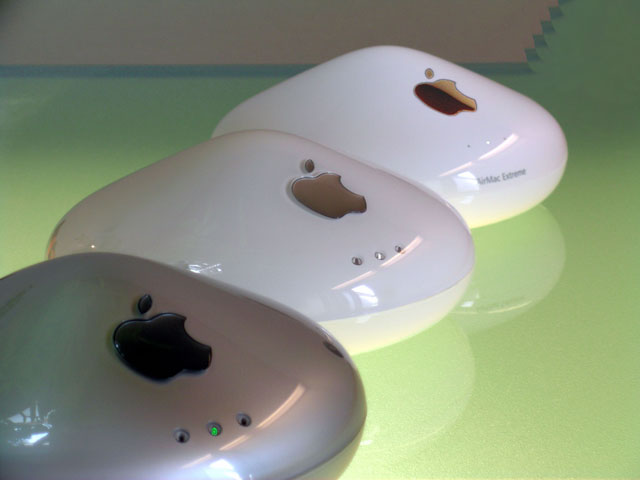
AirPort Extreme was getting the main focus anyway. It received an interesting redesign in 2007. In the end, of course, that is not so much the point, as the bigger news was that the router switched from the 802.11b/g standard to the more modern 802.11a/b/g/n. The development of Apple routers must have been at full speed. Newer and more advanced pieces were coming to the market, which were able to play their role and meet all expectations. By 2011, they were offering improved antennas, and there was even the option to use Time Machine to back up your Mac to an external device.
The aforementioned Time Machine feature is directly related to the AirPort Time Capsule router from 2008, which advanced networking and Apple computers in an unimaginable way in terms of technology. It was a router and a server at the same time, which had a storage capacity of 500 GB or 1 TB. This space was used to back up the computer itself. In 2011, Apple users could even purchase a model with a capacity of 2 TB and 3 TB. The Cupertino giant subsequently changed the coat of its routers once more, when, for example, the AirPort Express bet on the form of an Apple TV multimedia center.
Latest models
But after the turn of the decade, it was no longer such a hit parade. Since then, new AirPorts have come only in 2012 and 2013, when Apple users saw speed improvements and the addition of additional USB ports, among other design changes. It was at this point that the hardware changes ended. Officially, the team that worked on Apple AirPort routers was disbanded in 2016, and two years later, the production and sale of individual models officially ended. Since then, they are no longer an official way to get them, and it should also be mentioned that they have not been doing well in sales in recent years.
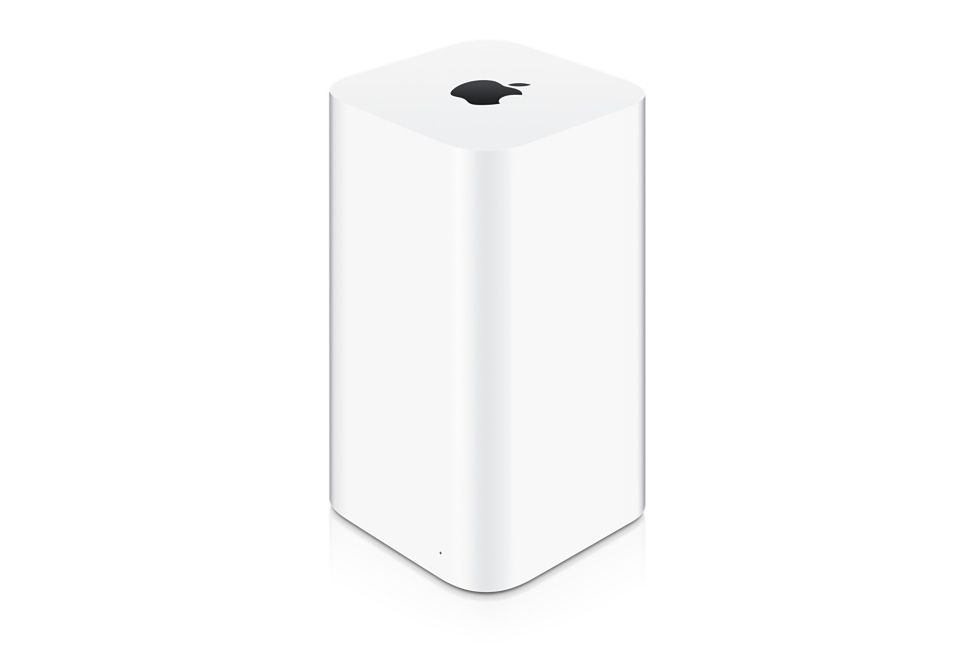
Why Apple stopped developing routers
As we indicated above, the popularity of Apple routers has not been very high in recent years. What's worse is that the opposite has never actually been the case. You might be wondering if AirPorts have fallen behind the competition in terms of technology. That was certainly not the case. For their time, these models offered everything you could ask for and worked quite comfortably in homes and businesses. To make matters worse, compared to the competition, they brought with them a certain degree of comfort, as they were extremely easy to set up and could be "started" in a short time. However, even that did not ensure their success.
It could be interest you
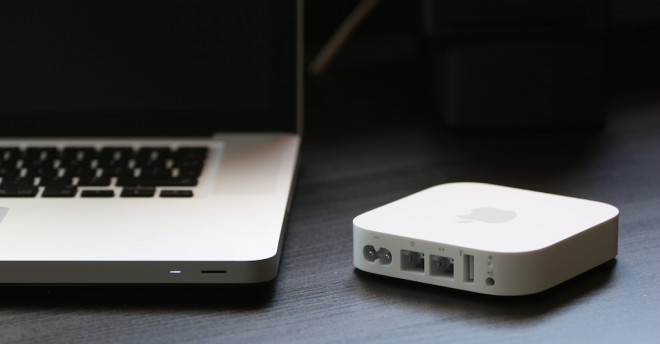
In short, Apple could not keep up with the market and began to stumble slightly. In short, the competition was slightly faster in the implementation of innovations and at a higher speed, which it also did at a significantly lower price. Products with the bitten apple logo are definitely not among the cheapest, which unfortunately also applied to AirPort series products. For example, such an AirPort Express cost less than three thousand crowns, while you would pay less than eight thousand crowns for an AirPort Time Capsule with 2 TB of storage. So why pay for something that you can get for significantly less at the same or higher quality? Apple routers just brought a newer and more modern design that could undoubtedly "spice up" the home in a way, but that's all. For this reason, it is logical that the Cupertino giant went in a different direction and preferred to pay attention to more popular products.

Despite all the problems, the development of routers did not come in vain. Thanks to this, Apple developed a number of interesting technologies that in a way exist in its products to this day. In this case, it is, for example, the aforementioned AirPlay function for mirroring content or playing songs or Time Machine for automatically backing up Macs, while the origin of AirDrop, which is used to share files between Apple devices, can also be found in the AirPort series.
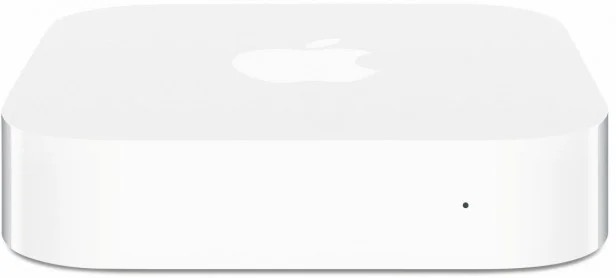
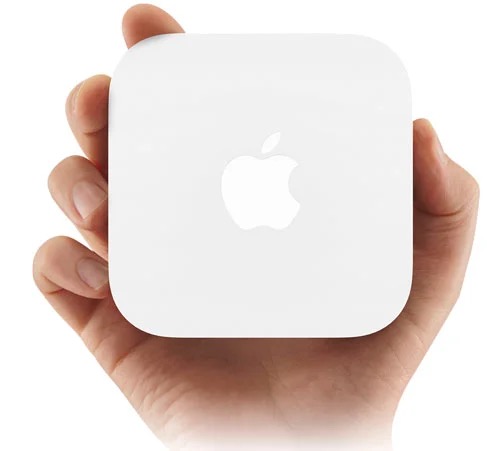
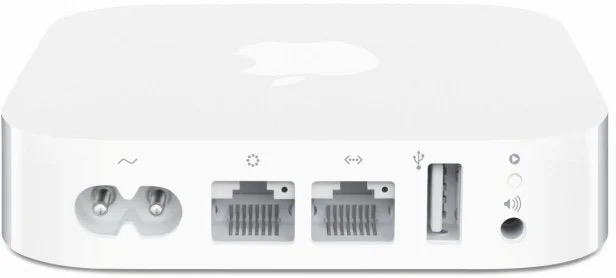
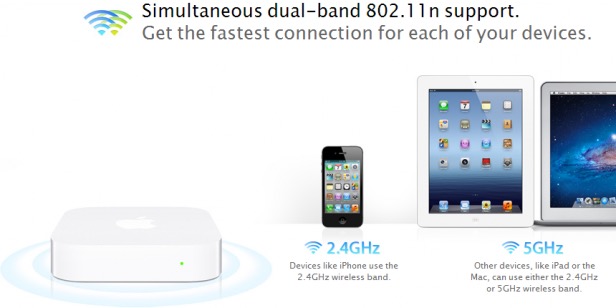
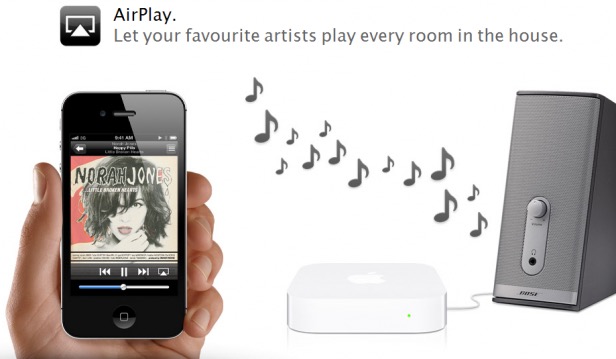

 Flying around the world with Apple
Flying around the world with Apple
Vratislav, I'm thinking of replacing the Apple router with something new, do you recommend something good for the home? Thanks for the info...
If a person is at least a little technically savvy, MikroTik is a great choice
You don't want a Mikrotik house. We also canceled it in the chancellery because it simply doesn't work well like home Wi-Fi where you need a mesh. Cheap tplink Deco is super today.
The Time Capsule was fine, it was surprisingly quite cheap, but today the demands are higher (mainly the problem was the non-replaceable and only one disk). I replaced it with an Asus XT8 router and a Synology DS220+ with two 12TB drives in RAID - so far I think it works better on Time Machine, and as a bonus I have a slap and other jokes...
The mentioned AirPort Base Station model was updated two years later (2021), about 2001?
It's a shame, I still use them today. I have two AirPort Extremes and I still don't want to change them :(
As a real sheep, I have TimeCapsule 2TB, Extreme and 3 Expresses at home